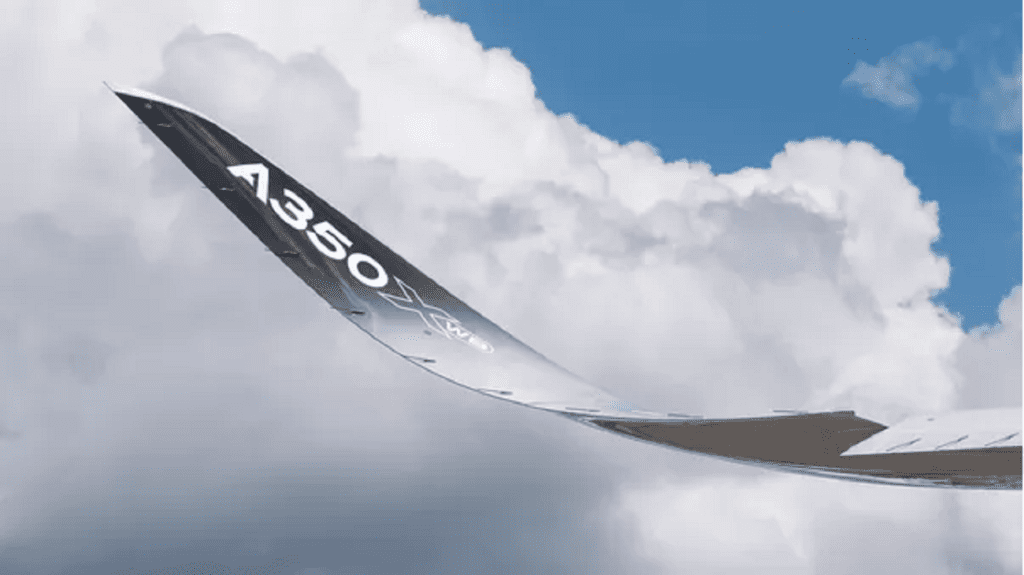The main motivation for using wingtip devices is the reduction of the wingtip vortices created by the wing, although winglets do not eliminate the tip effect, they reduce it considerably, so its main advantage is to reduce drag but this advantage has more implications than you can imagine.
In general, we can say that fitting an aircraft with winglets has the following benefits:
- Improved generation of lift, the reduction of the induced drag changes the value of the effective AoA which in turns increases the Coefficient of Lift for the whole lift curve
- Better stall characteristics as the reduction of wingtip vortices help to delay the separation of air from the upper surface of the wing
- Total drag reduction, less drag means that the engines need to generate less thrust to maintain a predetermined speed which translates into lower fuel consumption and a higher range
- Improved takeoff and landing performance, again less drag to oppose the thrust force which also means a better climb performance
- The reduction of wingtip vortices diminishes the wake turbulence that the aircraft creates while flying which reduces the mandatory time separation between the subsequent landings and also to reduce the noise in the area around the airport
Of course, all of these advantages come with their disadvantages:
- First the increased parasite drag due to increased surface exposure to the airflow
- Increased weight due to the winglet itself
- In some cases, it is necessary to restructure the wing to fit them in older designs
There are different types of winglets design and each aircraft type may require something different, each design has its advantages with some providing the most benefit whilst on cruise (typically used in long-range airliners) while others help optimise takeoff and climb performance (used by short-range airliners), what is clear is that as time progresses new and more efficient designs are introduced in the market. Let’s see some of them
- In 2009, Airbus presented its own blended winglet design, the Sharklet, which provides a 3.5% decrease in fuel burn and an increase of up to 100 NM in range according to the manufacturer; sharklets have performed up to expectations and are now standard in the new A320neo family
- Boeing uses blended winglets which are upward-swept extensions to airplane wings, very common on the B737NG and Boeing states that they reduced the fuel burn by 4% to 5%
- At the moment, Boeing has introduced a new type of scimitar winglet for its new B737 MAX which according to the manufacturer gives a 1.5% fuel burn efficiency over older winglets
Author – Antonio Moran (Certified Flight Instructor )






